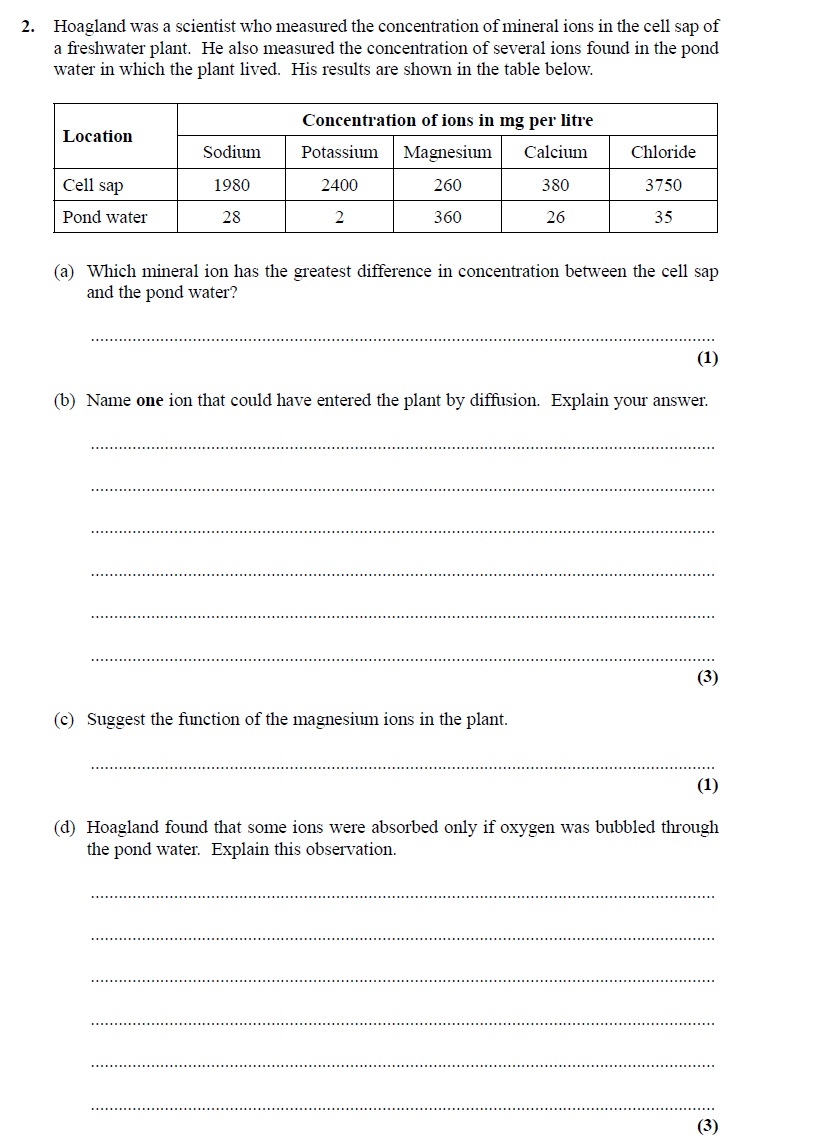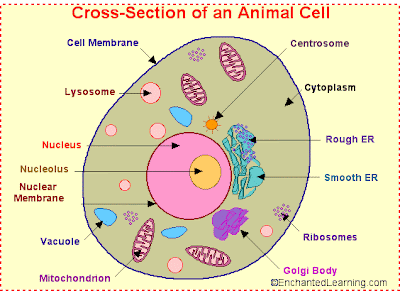PHOTOSYNTHESIS
Photosynthesis (photo- light and synthesis- to make/ bring together) Photosynthesis is the process of converting light energy into chemical energy. It occurs in two stages. 1. Light dependent stage - the light energy from the sun is used to split water molecules into oxygen and hydrogen -oxygen is released as a by-product -energy is stored in ATP 6H 2 O --> 3O 2 + 12H + + energy (ATP) 2. Light independent stage -hydrogen combines with carbon dioxide to form sugar (reduction reaction) -ATP from light stage provide energy for this reaction -this stage can occur in presence or absence of light (day or night) 6CO 2 + 6 H + --> C 6 H 12 O 6 Products of photosynthesis: 1. The glucose is used -during respiration to release energy - converted and stored as starch for later use in plants -used to make...


